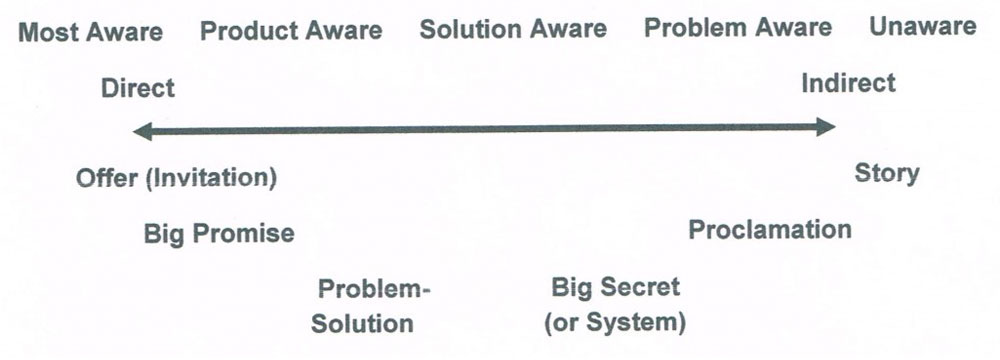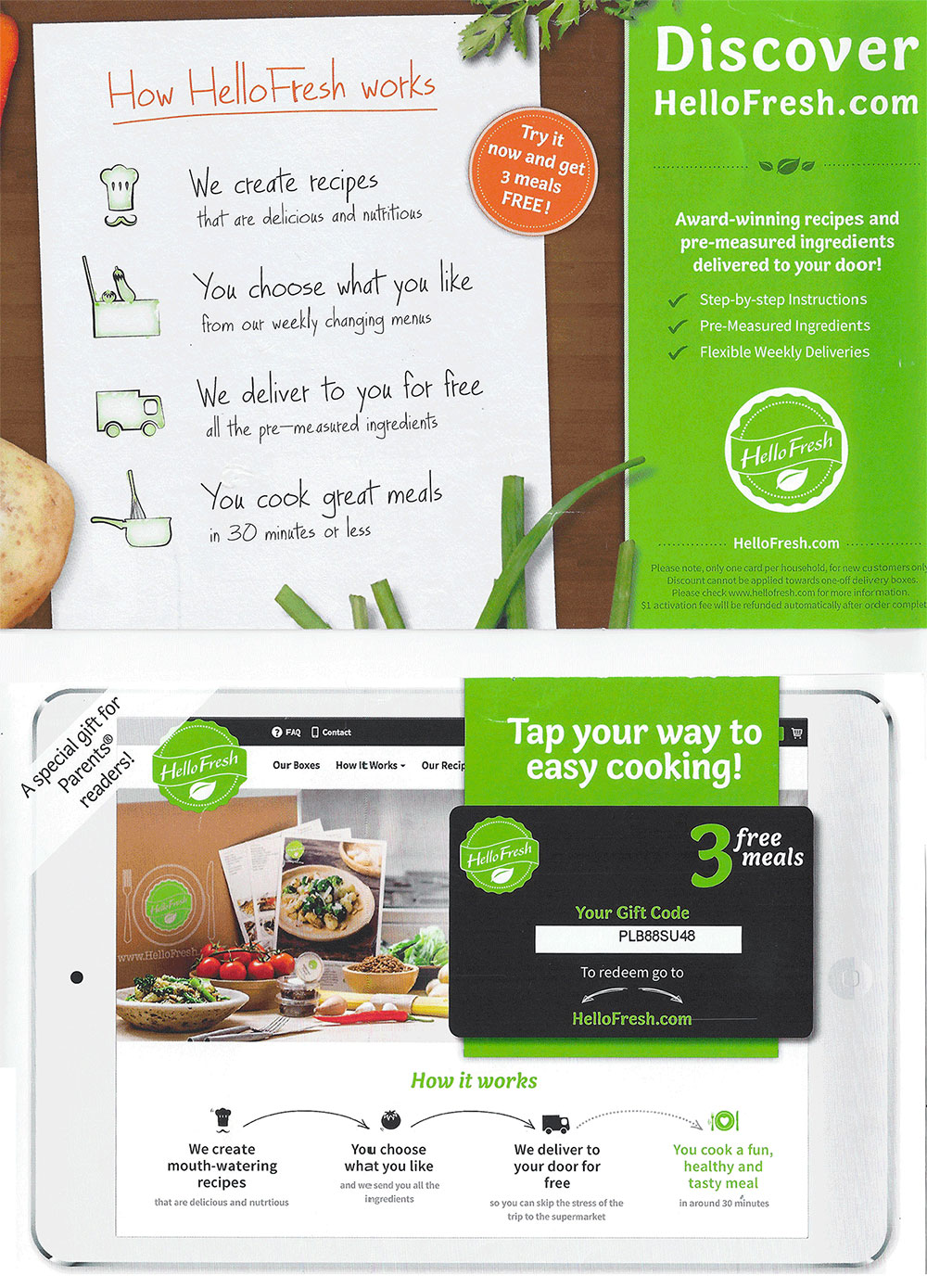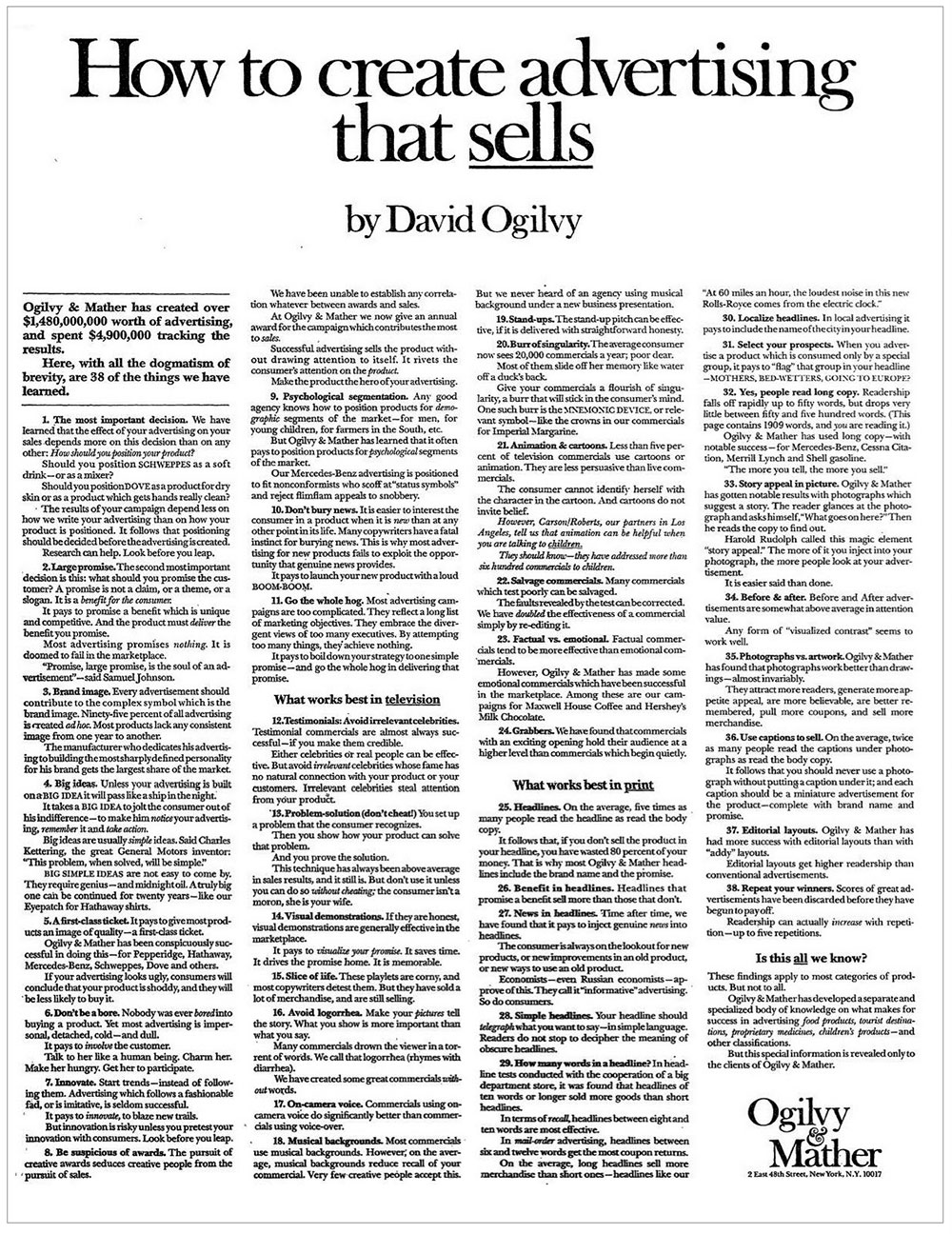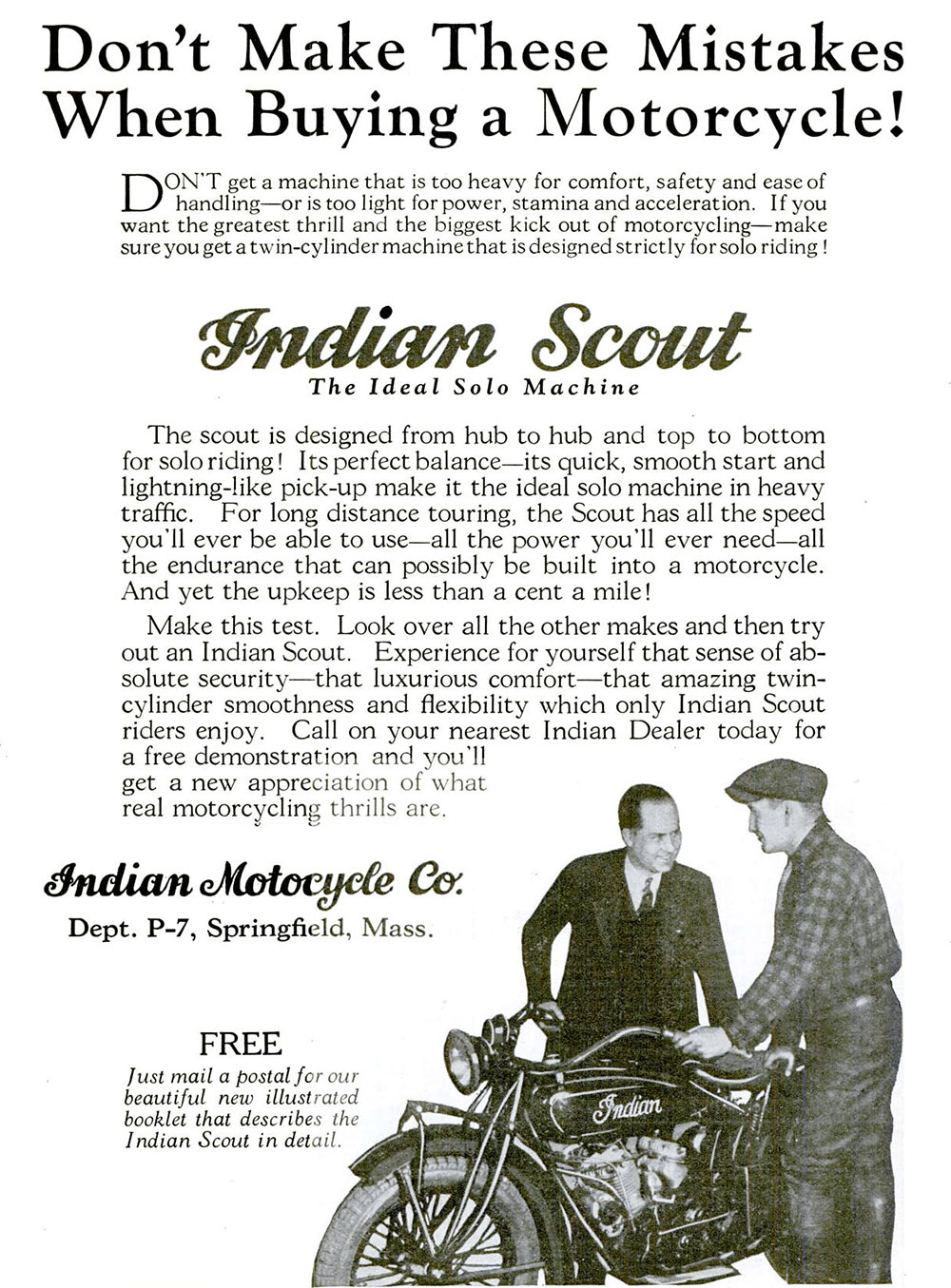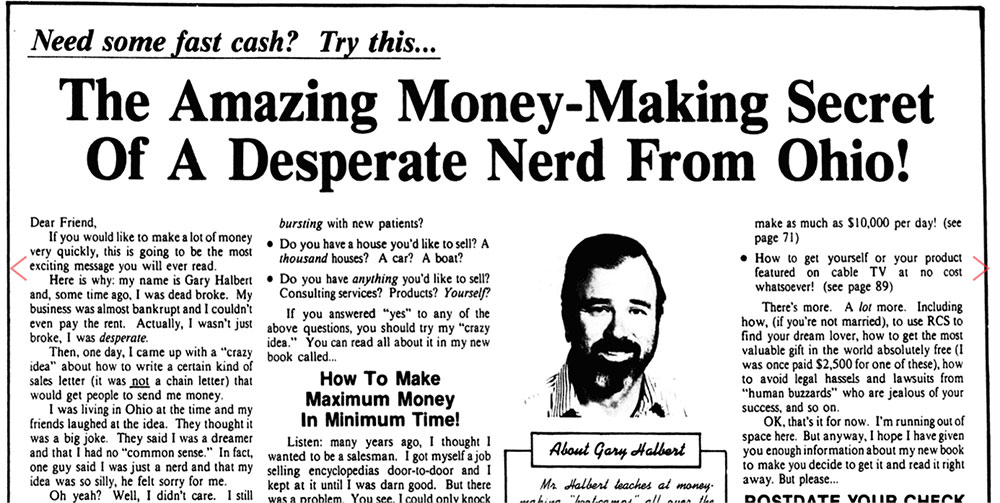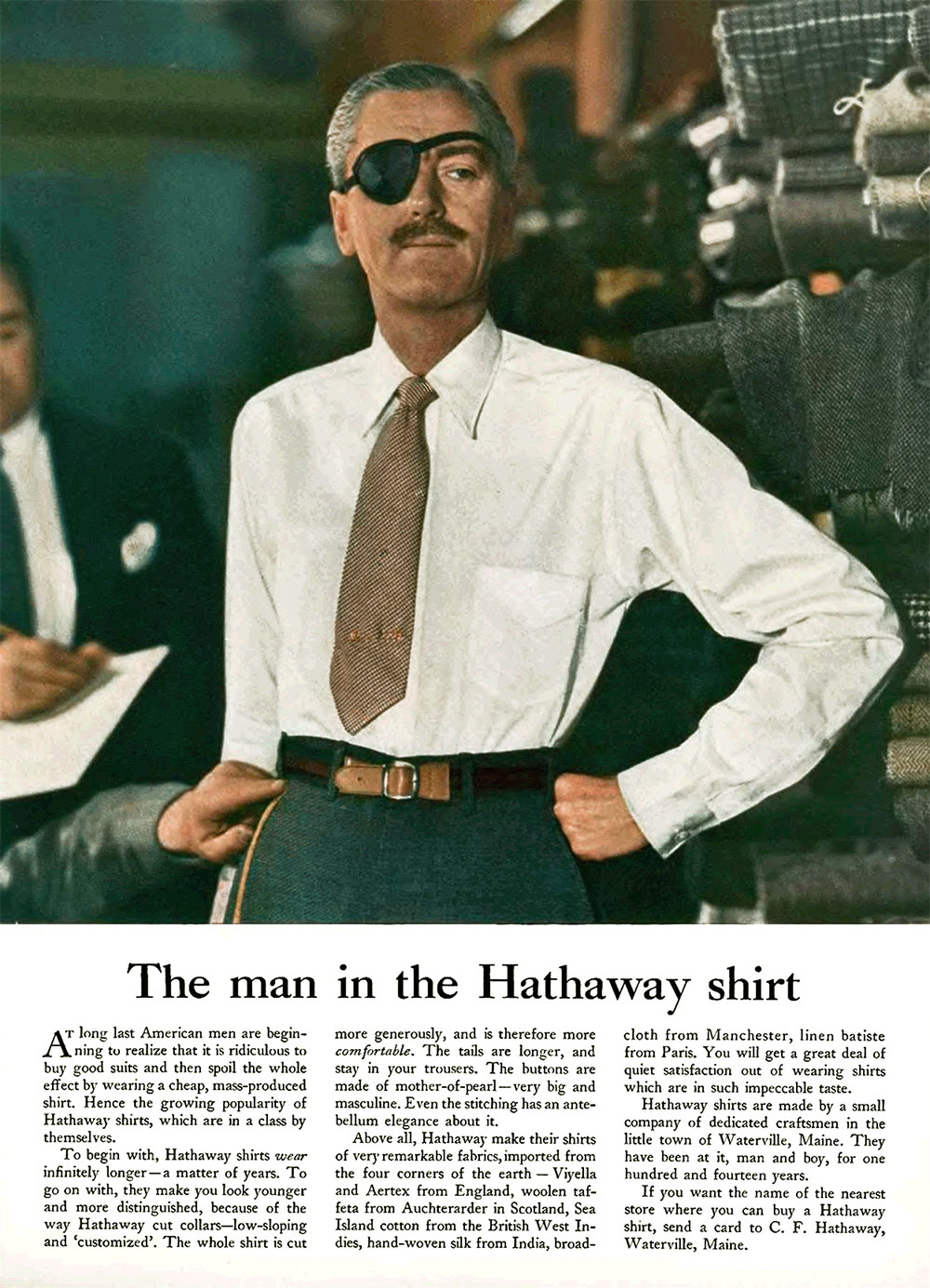How do you kick off a conversation at a party?
With an old friend you might kick-off where you left off last time you met. With a total stranger, you might first look for ways to “break the ice”. If someone knows you it’s easier to start a conversation directly. If they don’t know you it’s easier to sidle up indirectly.
Depending on who you’re talking to you will ask different questions and discuss different topics. You want it to be interesting, insightful, and entertaining, and that means saying something more than, “So, how about this weather, huh?”. If you use the wrong approach for the situation, all you’ll get is an awkward silence.
Socially, these insights come naturally. What you might not realise is that this same instinct is the secret to creating winning ads. It’s the same principles an advertiser uses to “put the right message in front of the right person”.
So how do you go about implementing this type of approach with your advertising? Are there clearly defined steps to approach any market with a new or existing product?
The answer was first written about by the late, great copywriting legend Gene Schwartz, in his book “Breakthrough Advertising”, which is widely regarded as one of the most influential books ever written on marketing. Gene also practised what he preached. He was the “real deal” and a genius at finding a dream market and turning it into a feeding frenzy.
Gene taught us to ask one very important question before we start any marketing campaign…
“What does your customer already know”
Asking this question will completely change the way you approach and talk to your prospects. It will determine not just what you say, but how you say it.
Gene called this premise the concept of “customer awareness”. He broke this down into what he called the 5 levels of awareness.
1. Unaware
This type of prospect has no knowledge of anything related to what you’re trying to sell. Not only do they not know who you are, but they also don’t know your product. They don’t even know products like yours exist.
This is the most difficult type of prospect to target. You would target unaware prospects if you were trying to open up completely new markets for a product.
For example, if you were a chiropractor, you might target Golfers under the assumption that at some point in time they will get back problems, which in turn will get them thinking about chiropractic solutions and then onto thinking about which chiropractor to visit.
2. Problem Aware
What problem aware means is that all the prospect knows is that they have a problem. Say they had back pain. They know they have a problem but they don’t know they could use a Chiropractor or massage therapy. They’re unsure of what the different solutions are out there.
3. Solution Aware
These prospects are aware they have a problem and they want to solve it. They are also aware of the solutions out there and they’re attempting to choose between the different solutions. These prospects are aware they have back pain, and they’re aware of the different solutions out there. Now they’re trying to decide between massage therapy and chiropractic.
4. Product Aware
For these prospects, it’s not about choosing the solution, it’s about choosing who is the best provider of that solution. They have decided that they need a chiropractor, rather than a massage therapist, and now they’re looking for who is the best chiropractor in their area.
5. Most Aware
Most aware are typically your customer base. They are aware of the problem, the solution and they know about you.
For example, they want a chiropractor, they’re aware of you as a chiropractor and what you offer
Each Level Of Awareness Is A Bigger Market
Your market is made up of all 5 levels of awareness and your decision when designing a campaign is which one will you target.
The unaware segment is a lot bigger than the aware segment and is a bigger opportunity. However the more you move towards aware customers the easier it is to get a quick sale. The easiest prospect to convert is the most aware. They are the easiest to market to but they are also the smallest segment of your market. Targeting unaware prospects takes a lot more skill as a marketer.
When you design a campaign for the unaware segment it works for every other segment. When you design a campaign for the problem segment it will work for every other level of awareness upwards. Etc. Campaigns designed for the unaware segment will work for your entire market. A campaign designed for aware customers is only going to work for that segment.
What Your Prospects Needs To Hear In Order To Buy
You need to approach each of these stages of awareness with a different kind of offer.
This is often the step in creating a marketing campaign where things go wrong. It’s critical that you get clarity on which level of awareness you’re targeting as it changes your message. In fact, the number one reason for poor conversion rates and complete failure is an immature marketing message.
Here’s an example…
Let’s say we wanted to target the unaware audience and we ran a headline like “How to choose the best chiropractor in Auckland”. It’s the wrong headline. The prospect is not aware of a problem, therefore they don’t see a need for a solution. The campaign would fail.
More aware and already engaged prospects tend to respond better to the direct approach.
Less aware, or sceptical prospects tend to respond better to an indirect approach.
Michael Masterson broke it down into 6 leads types, each matching a different stage of customer awareness.
The Offer Lead
This is a direct approach that goes straight to the deal.
The Promise Lead
This is the most common type of lead. It opens with the products best and biggest claim.
The Problem-Solution Lead
This is the classic “hot button” approach where you talk about a problem, agitate it further and then reveal your solution.
The Big Secret Lead
The tease of hard to come by knowledge, formula or system, leads the promo.
The Proclamation Lead
The proclamation lead seeks to jar the reader out of their seat. Usually with stats or a future forecast or prediction.
The Story Lead
This is the most indirect way to open a promotion but it can be very powerful. Everyone loves a story. As a promo lead, it needs to be kept within the context of the bigger promise of the promotion.
So Who Are You Targeting And What’s Your Strategy?
Prospect Awareness is the most valuable thing to understand as a marketer. It tells you what it is that that your prospects need to hear from you in order to buy. It tells you what you need to say based on who you are talking to.
So give some thought to stages of awareness that your prospects are currently in and start your conversation off in the right way.


